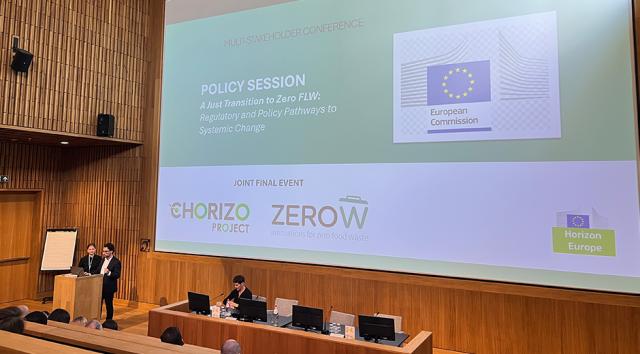
Looking Back at ZeroW: Collaboration, Impact and a Clear Way Forward
After four years of ambitious collaboration, ZeroW reaches its conclusion with impressive results and a clear vision for the future. Project Coordinator Anna George shares her reflections as we wrap up this milestone journey.



.jpg&width=640&format=webp)

